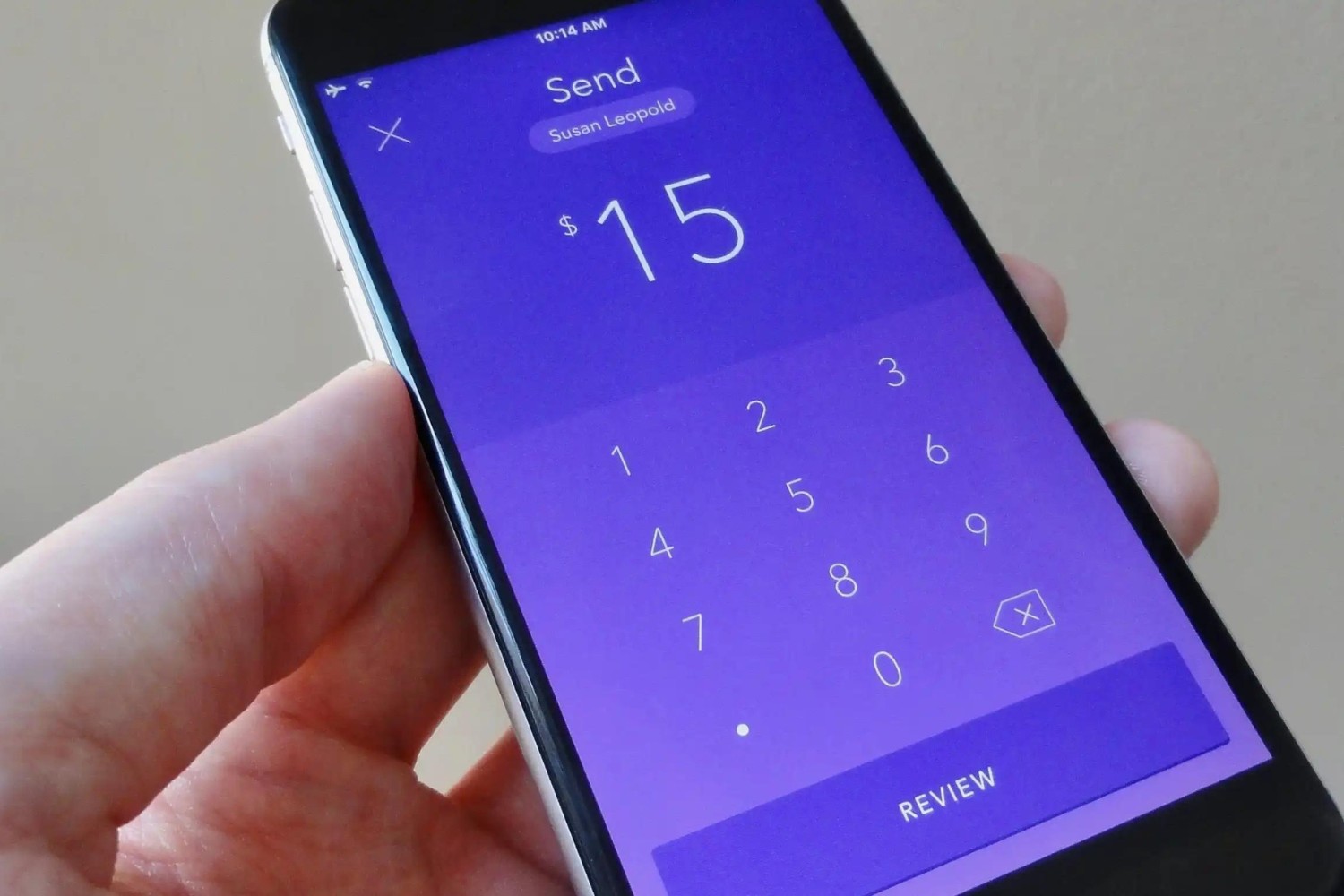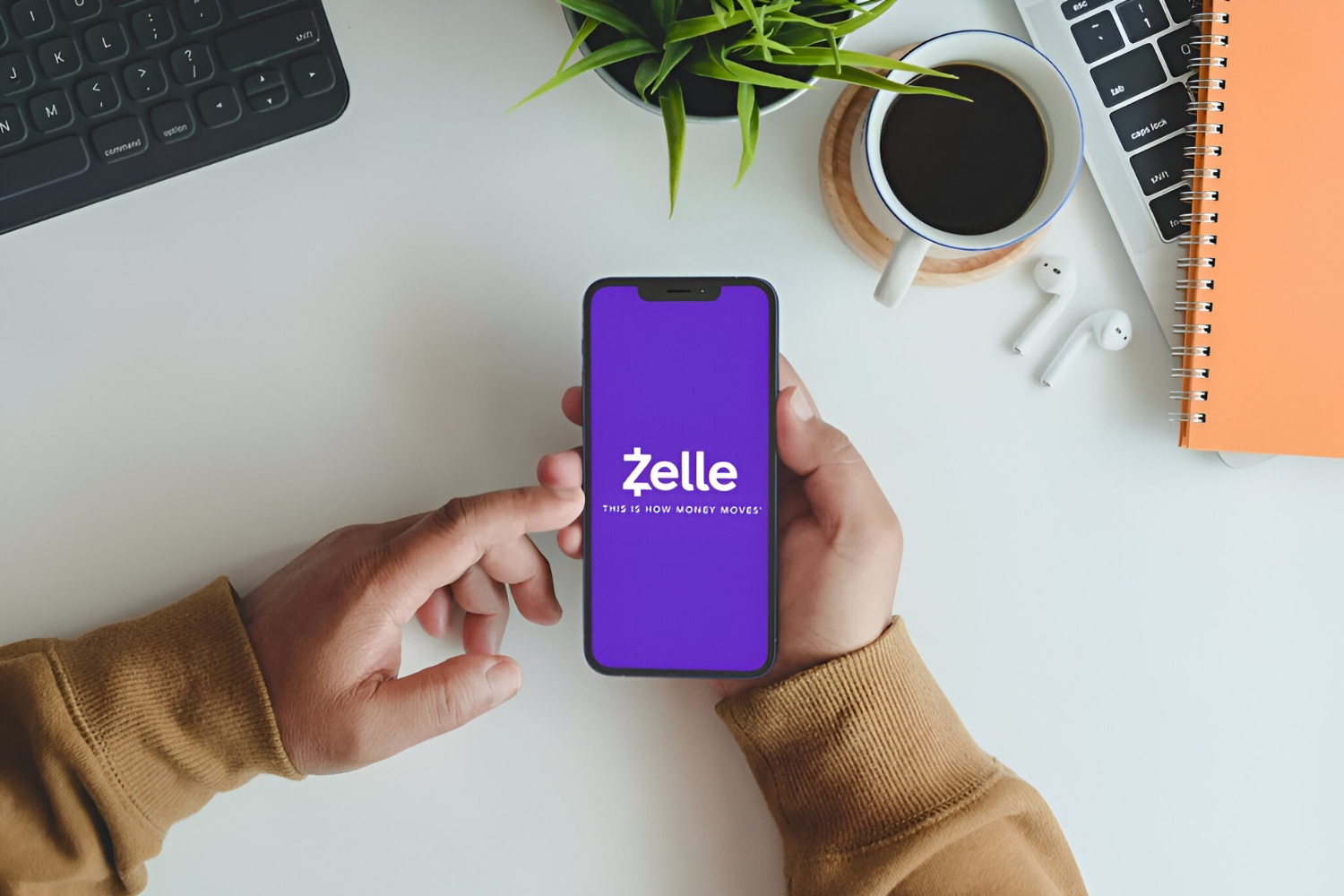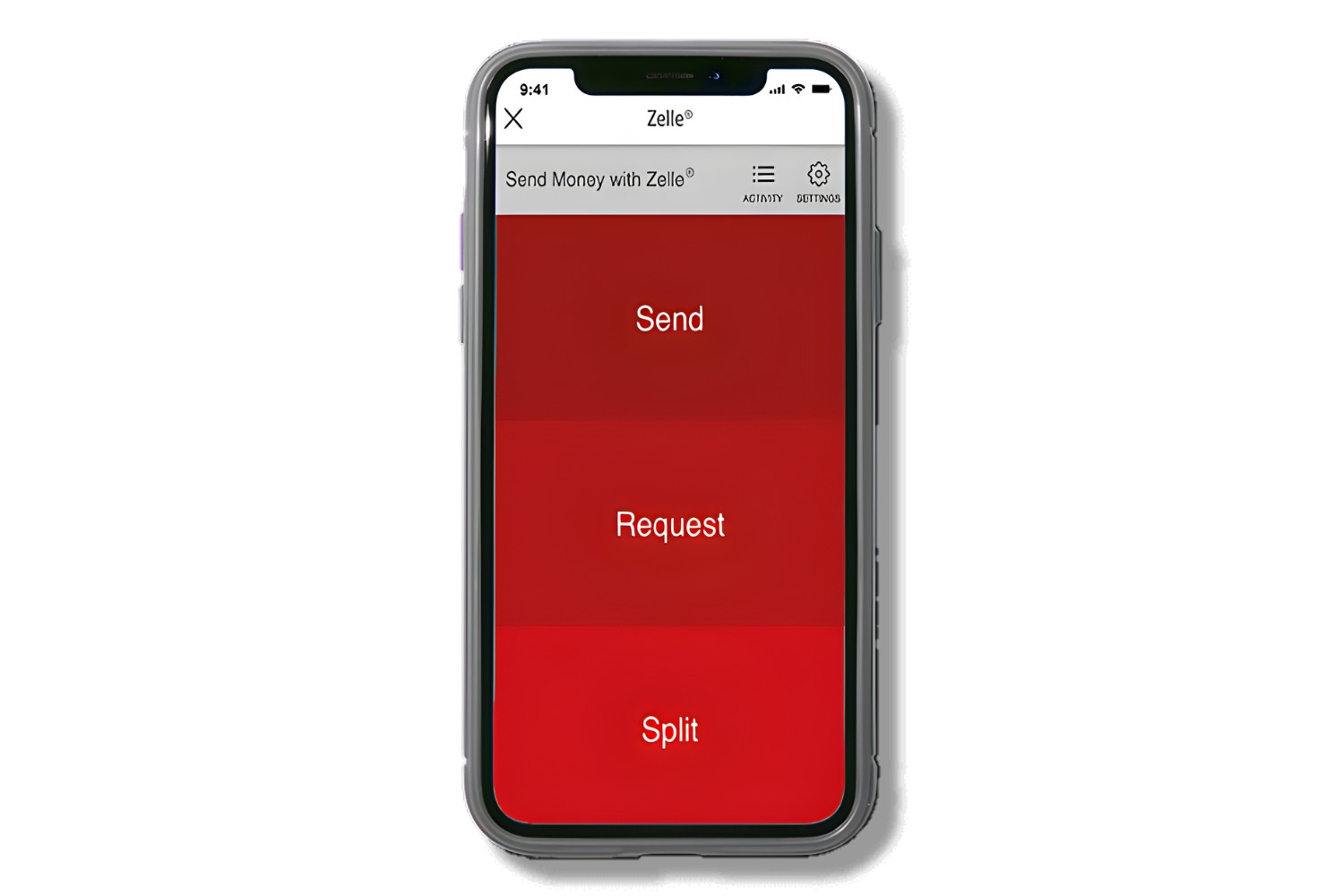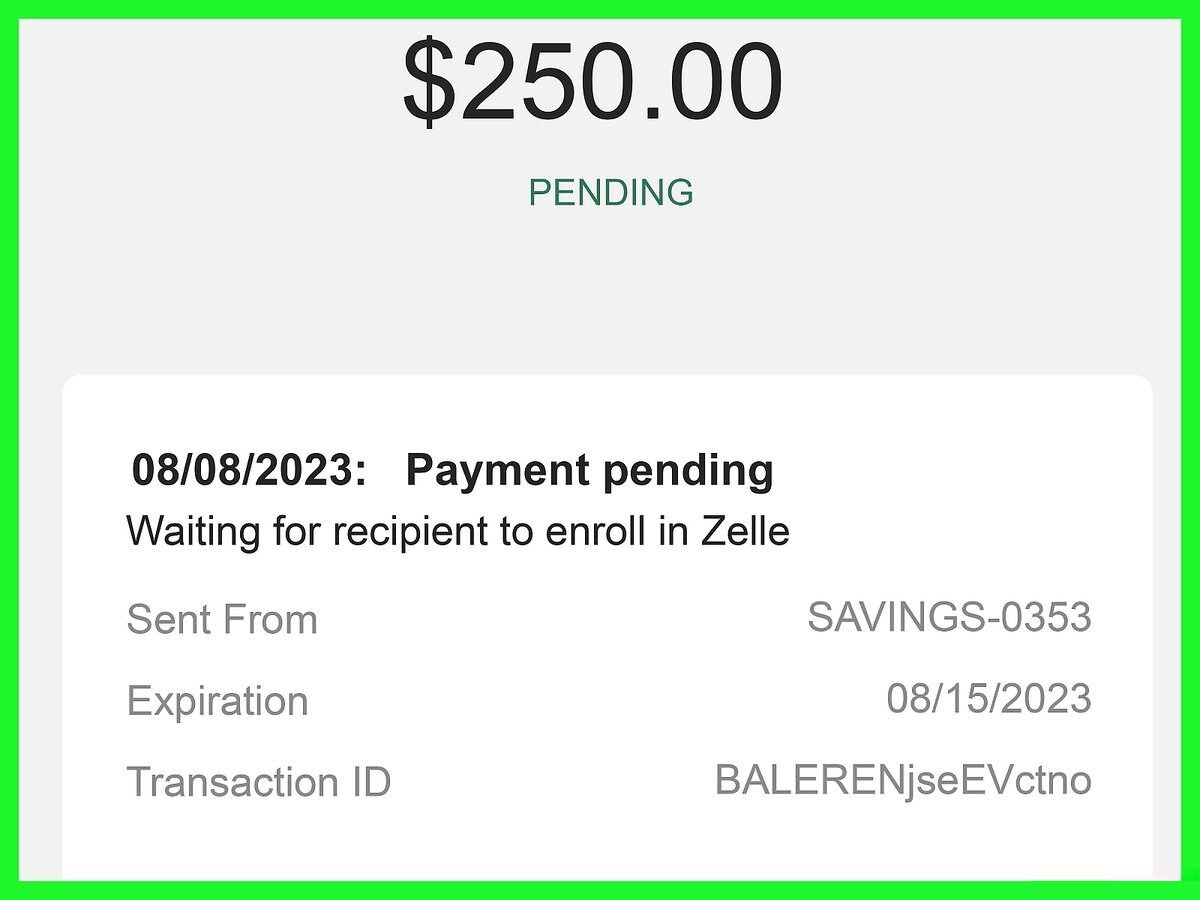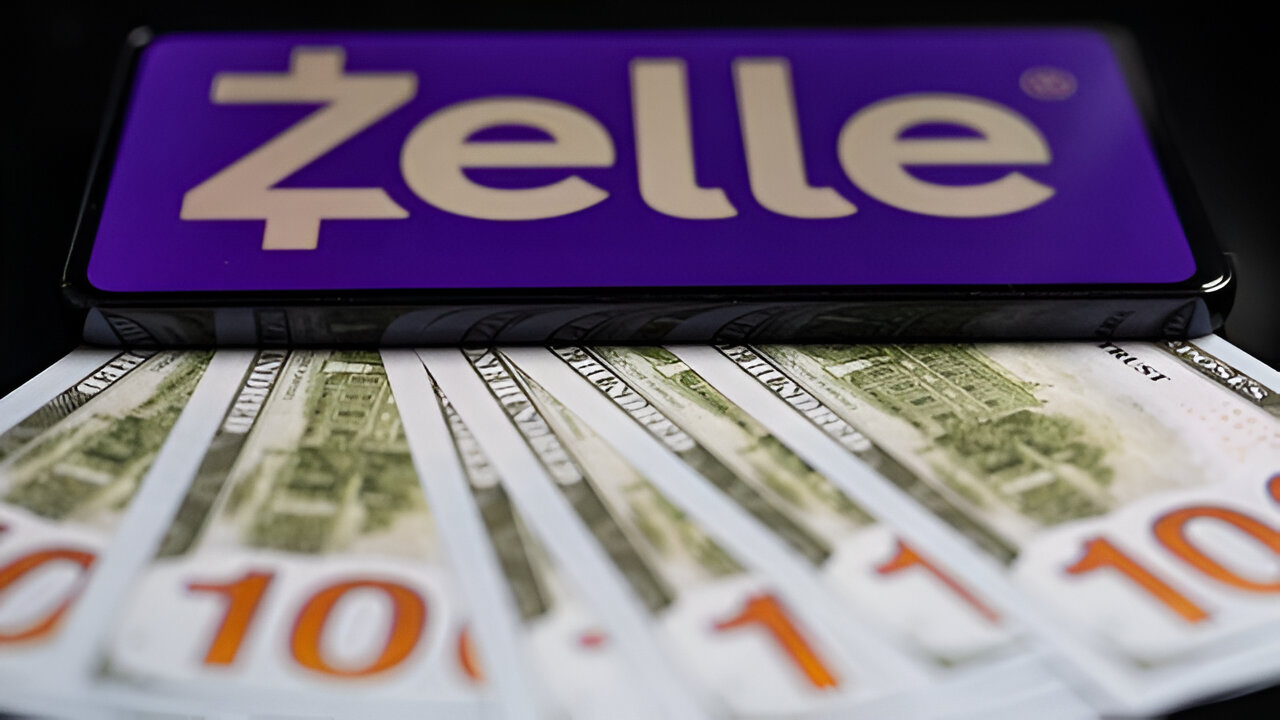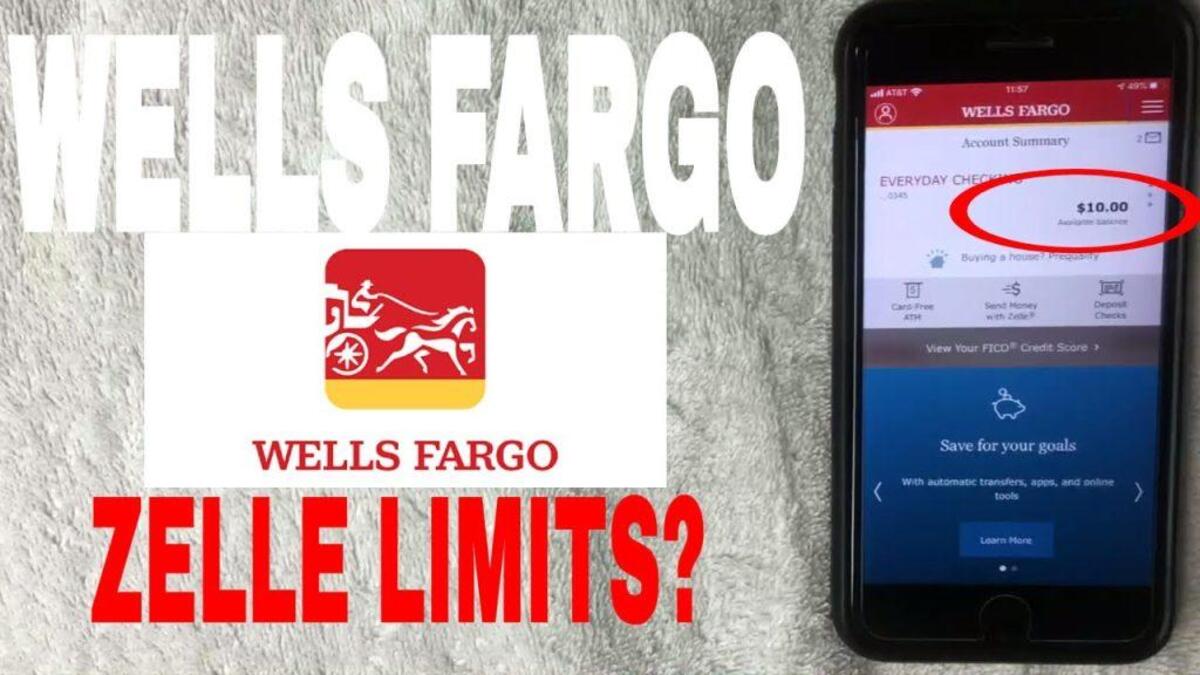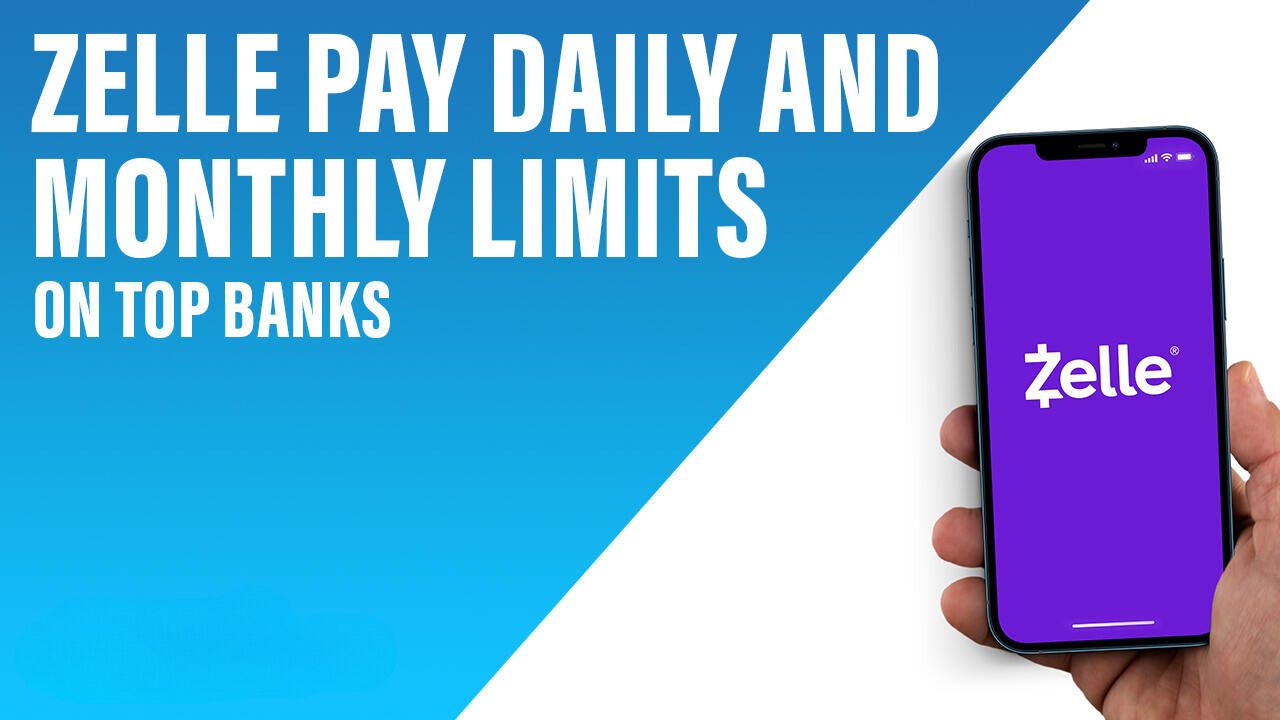Introduction
Welcome to the world of fast and convenient money transfers! As technology advances, so does our ability to securely and effortlessly send money to friends, family, and businesses. One such method is through Zelle, a popular peer-to-peer payment service that allows users to send and receive money with just a few taps on their mobile devices or computers.
Zelle has gained widespread popularity due to its ease of use and instant transfer capabilities. Whether you need to split a dinner bill, send money to a loved one in need, or pay your monthly rent to your landlord, Zelle offers a reliable and efficient solution.
In this article, we will dive into the world of Zelle and explore the limits associated with sending money through this platform. It is essential to understand these limits to ensure you can make the necessary transfers without any inconvenience. So, let’s get started and explore how much money you can send through Zelle!
How does Zelle work?
Zelle offers a seamless and user-friendly platform for transferring money. To get started, you will need a bank account and a mobile app or online banking service that supports Zelle. Most major banks and credit unions in the United States offer Zelle as part of their mobile banking app or website.
Once you have access to Zelle, you can begin sending money by following these simple steps:
- Register: Begin by registering your email address or phone number with Zelle. This step is essential to receive and send money.
- Link your bank account: After registration, link your bank account to Zelle. This process verifies your identity and allows for seamless transfers.
- Select a recipient: Choose the person or business you want to send money to. You can either select a contact from your phone’s address book or manually enter their email or phone number.
- Enter the amount: Specify the amount of money you wish to send. Zelle allows you to transfer funds instantly, making it convenient for urgent or time-sensitive situations.
- Confirm and send: Review the details of your transaction and click or tap the “Send” button to initiate the transfer. Zelle will securely process the transaction and notify the recipient.
It’s important to note that both the sender and receiver need to have a bank account linked to Zelle to complete the transaction successfully. Once the transfer is complete, the recipient will typically receive the funds in their bank account within minutes.
A key advantage of Zelle is that it eliminates the need for cash or physical checks. Instead, you can send money instantly using just your mobile phone or computer. It’s a convenient and secure way to transfer funds to friends, family, or businesses.
Transfer limits
While Zelle offers a convenient way to send money, it is important to be aware of the transfer limits associated with the service. These limits are in place to protect users and mitigate the risk of fraudulent activity.
Zelle sets different limits for daily, weekly, and monthly transfers. The specific limits may vary depending on your bank or credit union, so it’s advisable to check with your financial institution for the most accurate information. However, here are some general guidelines:
- Daily transfer limits: This refers to the maximum amount you can send in a single day using Zelle. It typically ranges from $500 to $2,500, but some banks may have higher or lower limits.
- Weekly transfer limits: This is the maximum amount you can transfer in a week. The limits can range from $1,000 to $5,000, but again, it may vary depending on your bank.
- Monthly transfer limits: The monthly transfer limit sets the maximum amount you can send in a calendar month. The limits often range from $2,000 to $10,000, but it’s essential to check with your bank for the specific limit applicable to your account.
It’s worth noting that these limits are typically applied to both incoming and outgoing transfers combined. For instance, if your daily transfer limit is $2,000 and you receive $1,000 from a friend, you will only be able to send $1,000 on the same day.
Additionally, business accounts may have different transfer limits compared to personal accounts. If you have a business account, it’s recommended to consult your banking institution to understand the limits associated with your account type.
If you find that the transfer limits set by your bank are not sufficient for your needs, you may have the option to request an increase. Some financial institutions provide a process for requesting higher limits, which may involve additional verification procedures.
It’s important to keep in mind that these transfer limits are subject to change, and it’s always best to check with your bank for the most up-to-date information. By being aware of and adhering to the transfer limits, you can make the most out of your Zelle experience while ensuring the security of your transactions.
Daily transfer limits
When using Zelle, understanding the daily transfer limits is crucial for planning your financial transactions effectively. These limits dictate the maximum amount of money you can send or receive in a single day. While these limits can vary depending on your bank or credit union, let’s explore some general guidelines:
Personal accounts: For personal accounts, the daily transfer limits typically range from $500 to $2,500. This means you can send or receive up to the specified limit in a 24-hour period. However, it’s essential to check with your financial institution to determine the exact limit set for your account.
Business accounts: Business accounts may have different daily transfer limits compared to personal accounts. The limits can vary from bank to bank, so it’s best to consult with your financial institution to understand the specific limit applicable to your business account.
It’s important to note that the daily transfer limit applies to both incoming and outgoing transactions combined. For example, if your daily transfer limit is $2,000 and you receive $1,000 from a friend, you will only be able to send a maximum of $1,000 on the same day.
Exceeding the daily transfer limit can result in transactions being declined or held for review by Zelle or your bank. It’s essential to plan your transfers accordingly to avoid any inconvenience or delays.
Some banks may offer the option to increase your daily transfer limit. If you find that the existing limit does not meet your needs, you can inquire with your financial institution about the process to request a limit increase. This may involve additional verification procedures to ensure the security of your account and transactions.
Always keep in mind that these daily transfer limits are subject to change and it’s advisable to contact your bank or credit union for the most accurate and up-to-date information. Understanding and abiding by these limits will help you make the most of your Zelle service while ensuring the secure and efficient transfer of money.
Weekly transfer limits
When utilizing Zelle for your financial transactions, it’s crucial to be aware of the weekly transfer limits. These limits outline the maximum amount of money you can send or receive within a span of seven days. While these limits can vary depending on your bank or credit union, let’s explore some general guidelines:
Personal accounts: For personal accounts, the weekly transfer limits typically range from $1,000 to $5,000. This means that the total sum of money you can send or receive in any given week cannot exceed the specified limit. However, it’s important to verify the exact weekly limit set by your financial institution.
Business accounts: Business accounts may have different weekly transfer limits compared to personal accounts. As each bank has its policies, it’s recommended to consult your financial institution to understand the specific limit applicable to your business account.
It’s crucial to note that the weekly transfer limit applies to the combined total of incoming and outgoing transactions. For instance, if your weekly transfer limit is $3,000 and you receive $2,000 from a friend, you will only be able to send a maximum of $1,000 for the remainder of the week.
Exceeding the weekly transfer limit can result in transactions being declined or flagged for review by Zelle or your bank. To avoid any inconvenience or disruptions, it’s best to plan your transfers carefully and stay within the specified limits.
If you find that the existing weekly transfer limit is insufficient for your needs, some financial institutions offer the option to request an increase. You can reach out to your bank to inquire about the process involved in requesting a limit adjustment. Depending on the bank, this may include additional verification procedures to ensure the security of your account and transactions.
Always remember that the weekly transfer limits are subject to change, and it’s essential to consult your bank or credit union for the most accurate and up-to-date information. By understanding and adhering to these limits, you can effectively utilize Zelle for your financial transactions while ensuring the safety and efficiency of your money transfers.
Monthly transfer limits
Managing your finances efficiently requires understanding the monthly transfer limits associated with Zelle. These limits determine the maximum amount of money you can send or receive during a calendar month. Although specific limits may vary depending on your bank or credit union, here are some general guidelines:
Personal accounts: For personal accounts, the monthly transfer limits typically range from $2,000 to $10,000. This means that the total amount of money you can send or receive in a given month cannot exceed the specified limit. However, it is essential to consult with your financial institution to ascertain the exact monthly limit applicable to your account.
Business accounts: Business accounts may have different monthly transfer limits compared to personal accounts. The limits can vary from bank to bank, so it’s advisable to contact your financial institution to understand the specific limit that applies to your business account.
It’s important to note that the monthly transfer limit pertains to both incoming and outgoing transactions combined. For example, if your monthly transfer limit is $5,000 and you receive $3,000 from a friend, you will only be able to send a maximum of $2,000 for the remainder of the month.
Exceeding the monthly transfer limit can result in transactions being declined or flagged for review. To avoid any disruption to your transfers, it’s crucial to plan your transactions within the established limits.
If you find that the monthly transfer limit imposed by your bank is insufficient for your needs, some financial institutions allow you to request an increase. In such cases, you can contact your bank to inquire about the process involved in requesting a limit adjustment. Depending on the bank’s policies, this may involve additional verification procedures to ensure the security of your account and transactions.
Always keep in mind that monthly transfer limits are subject to change, and it’s advisable to reach out to your bank or credit union for the most accurate and up-to-date information. Being aware of and following these limits will enable you to make effective use of Zelle for your financial transactions while ensuring the security and efficiency of your money transfers.
Transfer limits for business accounts
Businesses can also take advantage of Zelle’s convenient money transfer services. However, it’s important to understand that transfer limits for business accounts may differ from those for personal accounts. The specific limits can vary depending on your bank or credit union, so it’s recommended to consult with your financial institution for accurate information. Here are some general considerations regarding transfer limits for business accounts:
Daily transfer limits: The daily transfer limit for business accounts typically falls within a range set by the bank. These limits may vary from $1,000 to $10,000 or more, depending on the financial institution’s policies. It’s crucial to check with your bank to determine the daily transfer limit applicable to your business account.
Weekly transfer limits: Similar to personal accounts, business accounts generally have a weekly transfer limit. This limit determines the maximum amount of money that can be sent or received within a span of seven days. The limits for business accounts may range from $5,000 to $25,000 or more, depending on your bank’s policies.
Monthly transfer limits: Just like personal accounts, business accounts also have monthly transfer limits. These limits determine the maximum amount of money that can be transferred within a calendar month. The monthly transfer limits for business accounts can vary significantly, ranging from $10,000 to $100,000 or more, depending on your bank’s policies.
It’s important to note that these transfer limits are typically applicable to both incoming and outgoing transactions combined. For example, if your daily transfer limit is $5,000 and you receive $3,000, you will only be able to send up to $2,000 for the remainder of that day.
Should your business require higher transfer limits, some financial institutions offer the option to request an increase. You can contact your bank to inquire about the process and requirements involved in requesting a limit adjustment for your business account.
It’s essential to communicate with your bank to ensure that you have accurate information regarding the transfer limits for your business account. Understanding and adhering to these limits will allow you to make efficient use of Zelle’s services for your business transactions while ensuring the security and smooth flow of money transfers.
Increasing transfer limits
If you find that the transfer limits set by your bank or credit union are not sufficient for your financial needs, you may have the option to request an increase. Some financial institutions provide a process for increasing transfer limits, allowing you to send or receive larger amounts of money through Zelle. Here are some considerations for increasing your transfer limits:
Contact your bank: The first step is to reach out to your bank or credit union to inquire about the process for increasing transfer limits. Each financial institution may have its requirements and procedures, so it’s important to speak with a representative who can guide you through the process.
Verification procedures: Increasing your transfer limits often involves additional verification procedures to ensure the security of your account and transactions. This may include providing additional identification documents or answering security questions to verify your identity.
Account history and relationship: Financial institutions may consider your account history and relationship with them when reviewing requests for limit increases. If you have maintained a strong banking relationship and have a history of responsible financial behavior, it may increase your chances of having your limits raised.
Business accounts: If you have a business account, the process for increasing transfer limits may vary. Some banks have separate procedures for business accounts, which may require additional documentation or proof of business legitimacy.
Considerations for higher limits: Financial institutions carefully assess requests for higher transfer limits to ensure the security and integrity of their systems. They may consider factors such as the purpose of the transfers, the frequency of transactions, and your financial standing when evaluating requests for increased limits.
While some financial institutions may approve limit increase requests, it’s important to note that they have the discretion to deny or modify the requested limits. The decision usually depends on the individual circumstances and risk assessment conducted by the bank.
Remember to approach the process of increasing transfer limits with realistic expectations, as financial institutions prioritize user safety and security when making these decisions. It’s always best to have a clear understanding of your financial needs and have supporting documentation ready, if required.
By following the specific guidelines provided by your bank or credit union and providing the necessary information, you can increase your chances of obtaining higher transfer limits. This will allow you to conduct larger transactions through Zelle while enjoying the convenience and speed offered by the service.
Conclusion
Zelle provides a convenient and efficient way to send and receive money with just a few taps on your mobile device or clicks on your computer. Understanding the transfer limits associated with Zelle is crucial for planning your financial transactions effectively and adhering to the guidelines set by your bank or credit union.
Whether you have a personal account or a business account, daily, weekly, and monthly transfer limits are put in place to protect users and mitigate the risk of fraudulent activity. These limits can vary depending on your financial institution, so it’s important to consult with them for accurate and up-to-date information.
Personal accounts often have transfer limits ranging from $500 to $2,500 per day, while weekly limits can range from $1,000 to $5,000. Monthly transfer limits typically vary from $2,000 to $10,000. Business accounts may have different limits, so it’s advisable to inquire with your bank about the specific limits applicable to your account type.
If you find that the existing transfer limits do not meet your needs, some financial institutions offer the option to increase the limits. This generally requires additional verification procedures to ensure account security and may be subject to the discretion of the bank. Contact your bank to inquire about the process and requirements for limit increases.
By understanding and adhering to the transfer limits, you can make the most of your Zelle experience while ensuring the security and efficiency of your money transfers. Plan your transactions accordingly and consider the needs of your personal or business finances when utilizing Zelle’s services.
Remember to consult with your bank or credit union for the most accurate and up-to-date information on transfer limits. Embrace the convenience and simplicity of Zelle as you navigate the world of fast and secure money transfers.







